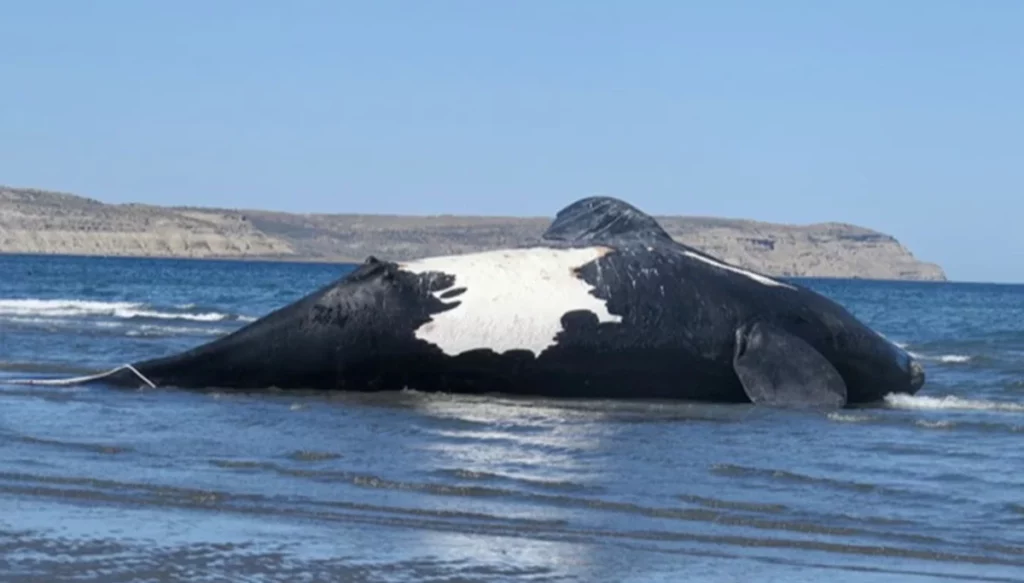The Valdés Peninsula, in Argentina’s Chubut province, is the largest sanctuary for the southern right whale (Eubalaena australis) in South America. Between April and December, hundreds of this species (which a century ago was on the verge of extinction due to commercial whaling) gather to mate and give birth in the calm, warm waters of the gulf around the peninsula.
But this year, there’s a problem.

The Institute of Whale Conservation (ICB) in Argentina has recorded 1,420 southern whales this season, the highest number in 51 years. While this is good news as the record numbers show a recovery of the species, there’s also cause for concern, as at least 15 whales have recently been found dead in the Nuevo Gulf close to the Valdes Peninsula.
With no clear reason apparent yet, scientists are seeking answers.
Autopsies on the whales have already started. Argentinian researchers are also testing the water and mollusks “to determine the presence of possible biotoxins linked to the proliferation of harmful algal blooms known as red tides,” said whale program coordinator Agustina Donini in an ICB statement. Since none of the whales have displayed signs of injuries or trauma, the reason for their plight is yet to be uncovered.
The large number of deaths in such a short period of time suggests that a local environmental variable is likely to blame, marine experts in Argentina explained. Algal blooms are a main suspect as they can produce generate natural toxins that can be harmful to other organisms. Their pigment can make the surface of the water appear red, a phenomenon called red tide.
“In the first instance, the probable hypothesis is biotoxin poisoning,” the provincial government of Chubut said in a statement, based on the results of the first lab exams. “Toxin-producing micro-organisms in the sea expand thanks to certain environmental factors such as temperature, light, pH, availability of certain nutrients and salinity.”
ICB’s scientific director Mariano Sironi said that in 2021 a total of 45 whales were found dead. While this season’s numbers are lower, he said it was concerning that the deaths happened in such a short period of time. Fabián Gandon, major of the nearby town of Puerto Piramides, said there had been an unusual increase in red tides.
"We have asked the population not to consume water until the studies have been carried out,” Gandon told government news agency Télam. “The desalination plant takes water from the gulf for consumption, so it could reach household water tanks. They can still use water for cleaning purposes but we advise against drinking it.”
A hotspot for whales
Península Valdés is an axe-shaped land mass connected to the mainland by a very narrow isthmus whose diverse marine fauna has attracted the attention of great naturalists, including Charles Darwin on his voyage aboard the Beagle. The southern right whale heads for its shores every autumn to mate and gives birth to calves.
Whale watching has become the biggest tourist attraction in the province of Chubut and attracts around 100,000 people each season. Visitors board a boat waiting to see one of these impressive animals. An adult can measure up to 16 meters and weigh 50 tons. They come to the surface to breathe and they can be within a few meters of visitors.
It’s estimated that the global population of this species exceeded 100,000 before humans began hunting them for their meat and blubber which drove the species to near extinction. After decades of protection, the southern right whale is listed as vulnerable, one stage above extinction, and its total number is around 6,000, distributed in the Southern Hemisphere.






